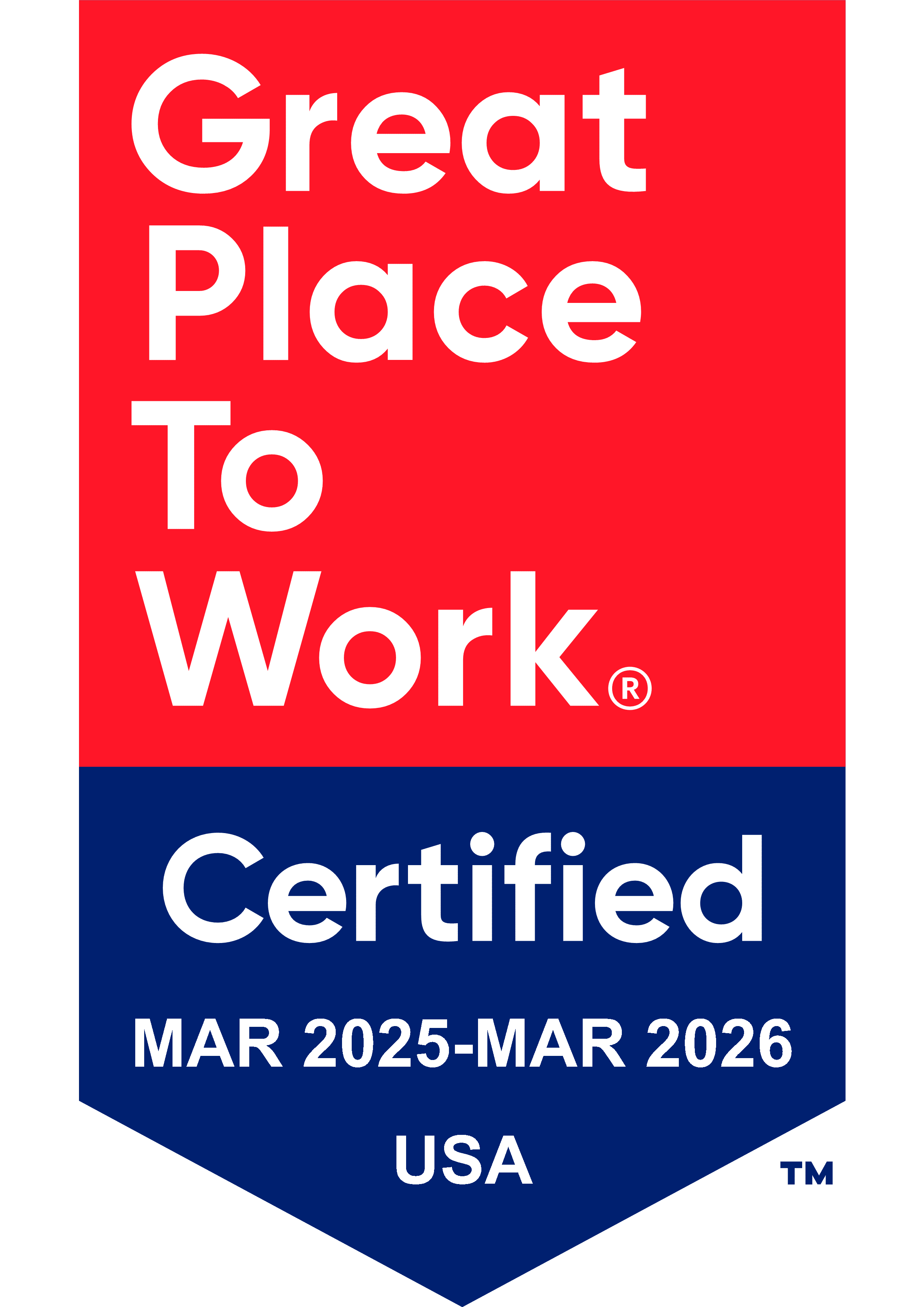Essential Job Interview Questions: A Strategic Guide
Job interviews have evolved significantly with remote work and behavioral interviewing becoming the norm. This guide covers the 10 most critical questions you’re likely to encounter, with strategic frameworks for crafting compelling answers that set you apart.
Core Framework: The STAR Method
For behavioral questions, use the STAR method: Situation (context) → Task (responsibility) → Action (what you did) → Result (measurable outcome)
- “Tell me about yourself.”
What they’re really asking: Give me a concise overview of your background and what makes you a good fit for this role.
Strategic approach: Use the Present-Past-Future formula:
-
-
- Present: Your current role and key strength
- Past: Relevant experience that led you here
- Future: Why you’re excited about this opportunity
-
Example: “I’m currently a marketing manager where I’ve increased lead generation by 40%. My background in data analytics has been crucial for optimizing campaigns. I’m drawn to this role because it combines strategy with hands-on execution, and I’m excited to bring my experience in digital marketing to help grow your customer base.”
- “Why do you want to work here?”
What they’re really asking: Have you done your research? Are you genuinely interested?
Strategic approach: Show specific knowledge about the company and connect it to your goals.
Research checklist: Recent company news, mission/values, industry position, team structure and dynamics
Example: “I’m impressed by your recent expansion into sustainable products. Your commitment to environmental responsibility aligns with my values, and I’m particularly excited about the new product line launch. Based on my research, this seems like a pivotal time for the marketing team, and I’d love to contribute my experience in product launches.”
- “What are your greatest strengths?”
What they’re really asking: Do your strengths match our needs? Can you demonstrate your capabilities and show how they align with the job requirements?
Strategic approach: Choose two to three job-relevant strengths with specific examples.
Framework: “One of my key strengths is [strength]. For example, [specific situation]. This resulted in [measurable outcome]. This strength would be valuable here because [connection to job requirements].”
Modern strengths to consider: Adaptability, data-driven decision making, cross-functional collaboration, problem-solving, digital fluency.
- “What’s your biggest weakness?”
What they’re really asking: Are you self-aware? How do you handle areas for development and turn them into opportunities for growth?
Strategic approach: Choose a real weakness that’s not critical to the role, then focus on your self-awareness and improvement efforts.
Framework: “I’ve recognized that [specific weakness] is an area where I need improvement. In the past, this has manifested when [specific example]. To address this, I’ve been [specific improvement actions]. For example, [concrete progress example]. I’m already seeing improvement in [measurable progress], and I believe this experience has made me more [positive quality gained].”
Good examples: Public speaking (if not required for role), delegation challenges, impatience with processes, perfectionism (with time management strategies), difficulty with work-life balance.
Avoid these mistakes: Cliché responses (“I’m a perfectionist” without substance), disguised strengths (“I work too hard”), anything critical to the job, or weaknesses without clear improvement strategies.
For a deeper dive into handling the weakness question, including 10 specific examples and detailed improvement strategies, check out our comprehensive guide on answering weakness questions in a job interview.
- “Why are you leaving your current job?”
What they’re really asking: Are you leaving because of workplace issues? Will you speak negatively about us later?
Strategic approach: Stay positive, focus on growth, connect to the new role.
Safe reasons: Seeking new challenges, career advancement, skill development, company changes, life transitions.
Example: “I’ve learned a lot at my current company, particularly in project management. However, I’m ready for the strategic challenges this role offers. I’m excited about the opportunity to lead cross-functional teams and contribute to product development.”
Never mention: Manager conflicts, poor culture complaints, salary dissatisfaction as primary reason.
- “Describe a challenging situation and how you handled it.”
What they’re really asking: How do you problem-solve under pressure?
Strategic approach: Use the STAR method, choose a situation showcasing relevant skills.
Framework: “We faced [specific challenge]. The main issue was [problem]. I took the lead by [actions taken]. The key was [crucial strategy]. As a result, [measurable outcome]. This taught me [key learning] which I’ve applied to [other situations].”
Choose challenges that show: Problem-solving, leadership, adaptability, communication, results focus.
- “Where do you see yourself in 5 years?”
What they’re really asking: Are your goals aligned with what we offer? Will you stay?
Strategic approach: Show ambition while demonstrating company commitment.
Example: “I see myself having grown significantly in data analysis and having contributed to major product launches. I’d love to progress to a senior role where I can mentor others and lead strategic initiatives. I’m excited about the growth opportunities here and hope to be someone who helps drive innovation.”
- “Tell me about a time you failed.”
What they’re really asking: How do you handle setbacks and learn from mistakes?
Strategic approach: Choose a real failure, take responsibility, focus on learning.
Framework: “Early in my career, I [specific failure]. I realized [what went wrong and your role]. I immediately [response to fix situation]. I learned [lessons] and implemented [changes]. Since then, [how you’ve applied learning]. This failure ultimately made me [specific improvement].”
- “How do you work in a team?”
What they’re really asking: Will you fit our team culture? Can you collaborate effectively?
Strategic approach: Use specific examples of successful collaboration.
Example: “I enjoy diverse team collaboration because different perspectives lead to better solutions. My approach is to listen actively and contribute my expertise while being open to others’ ideas. On a recent project, I facilitated cross-department communication that resulted in launching our product two weeks early.”
Key skills to highlight: Active listening, flexibility, conflict resolution, sharing credit, accountability.
- “What questions do you have for me?”
What they’re really asking: Are you genuinely interested? How well do you understand the opportunity?
Excellent questions to ask:
About the role: “What does success look like in this position after six months?” or “What are the biggest challenges facing the team right now?”
About culture: “How would you describe what makes someone successful here?” or “What do you enjoy most about working here?”
About growth: “What opportunities do you see for professional development?” or “How has the company evolved since you joined?”
Avoid: Anything easily found online, salary/benefits (save for later), negative questions about problems.
Modern Interview Considerations
Virtual interviews are now standard. Ensure good lighting, test technology in advance, maintain eye contact with the camera, and be prepared to discuss remote work experience.
Behavioral focus: Most questions now use the “Tell me about a time when…” format. Prepare five to seven diverse examples using the STAR method that demonstrate different skills.
Skills-based hiring: Be ready to discuss specific technical abilities and provide concrete examples of how you’ve applied them.
Final Preparation Tips
Research thoroughly: Company mission, recent news, industry trends, your interviewer’s background, specific role requirements.
Practice strategically: Record yourself, practice with others, prepare specific examples, time your responses (one to three minutes each).
Day-of success: Arrive early, bring resumes, prepare thoughtful questions, follow up within 24 hours.
Remember: Interviews are conversations about mutual fit. Prepare thoroughly, but be authentic and let your personality shine through. The best candidates demonstrate both competence and cultural alignment while showing genuine enthusiasm for the opportunity.
Modern employers value continuous learning, adaptability, and collaboration alongside technical skills. Use these frameworks as starting points, then personalize your answers with specific examples that showcase your unique value.
For more career advice, check out the articles in our Resource Center or advice on job seeking, interviewing, resume writing and more! Also, don’t miss out on the latest from our News & Insights blog for workforce trends, recruitment news and navigating the job market. Looking for a new opportunity? Take a look at our job openings.




